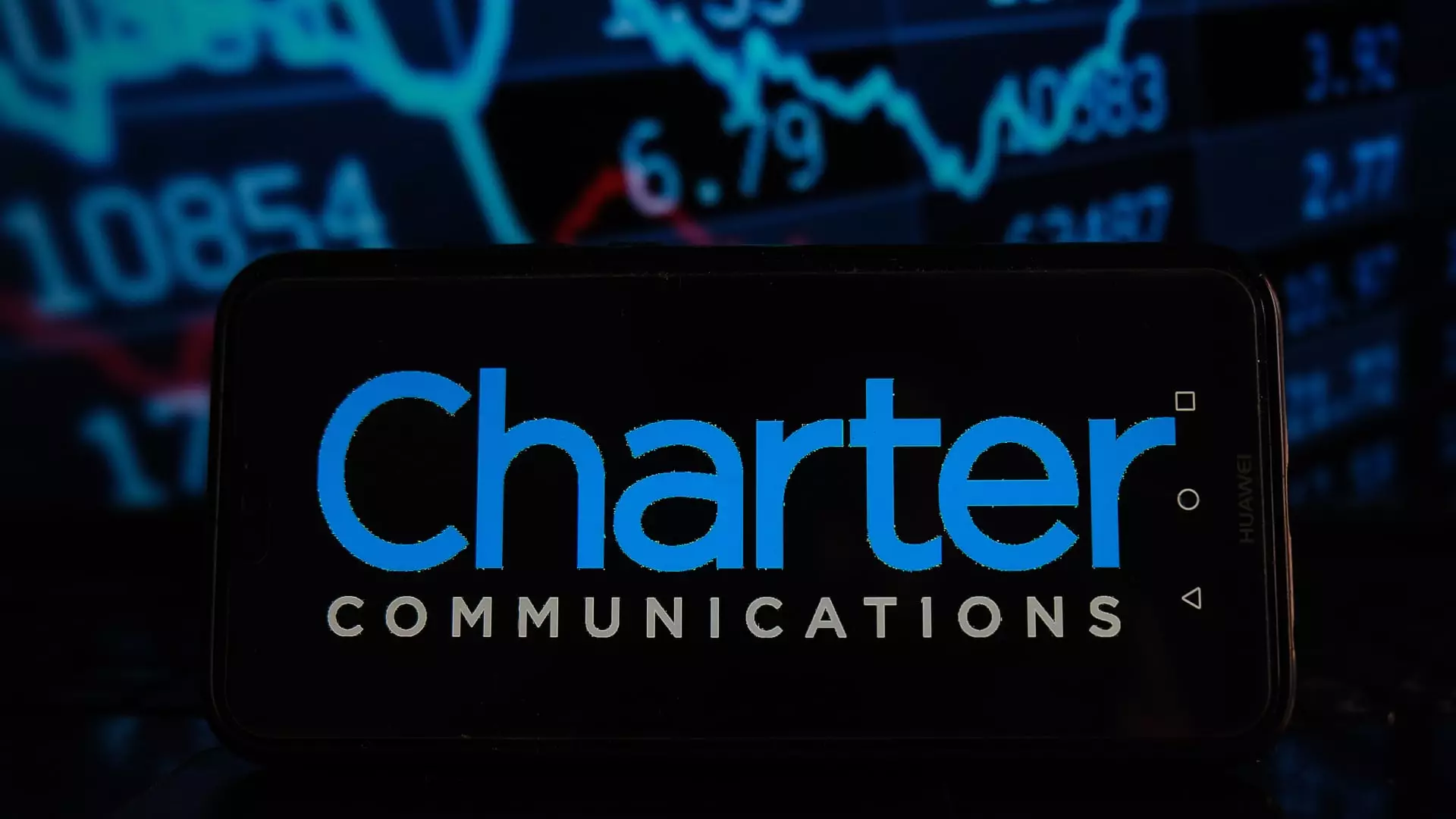In a strategic move that could shake the foundations of the cable and broadband industry, Charter Communications and Cox Communications have taken the plunge into a merger that values Cox at an astonishing $34.5 billion. This merger signifies more than just a simple consolidation of services; it symbolizes a desperate bid for survival within an industry that is scrambling to keep pace with emerging technologies and shifting consumer preferences. The cable providers are not just facing competition in the form of other cable companies; they’re grappling with relentless rivals from the wireless domain and an explosion of alternative home internet solutions. The emergence of 5G networks and fixed wireless options has fundamentally changed how consumers view connectivity, leading to a stark decline in traditional cable subscriptions.
Charter, boasting a customer base of 30 million broadband users, has already begun to feel the weight of this industry shift, reporting a decline in subscriptions as consumers pivot from cable TV bundles that were once the gold standard of entertainment. The loss of 60,000 broadband customers in a single quarter and a staggering 181,000 cable TV customers grappling for relevance is testament to the fierce market competition that threatens to engulf them. It seems increasingly clear that the merging of these two giants is an effort born from desperation rather than sheer ambition, a last-ditch effort to retain customers and find a way forward.
Shifting Strategies: The (Not So) Sneaky Playbook
Both Charter and Cox have recognized that survival in this brutal marketplace necessitates a shift in strategy. As cable customers flee to cheaper, more modern alternatives, these companies are attempting to reel them back in with aggressive pricing and mobile bundling. The fact that Charter has reported an increase of 10.5 million mobile lines suggests that they are attempting to pivot just as aggressively into mobile as they have in broadband. Such moves seem reactive rather than proactive; the companies are scrambling to throw together a safety net instead of innovating and providing something truly unique that captures consumer interest.
Furthermore, the decision for the combined entity to adopt the Spectrum brand, while marginally transparent, raises eyebrows. Does this suggest a lack of creativity in rebranding? Or perhaps a reluctance to break free from an identity that has become synonymous with a floundering industry? While on the surface this merger appears to be strategic and forward-thinking, it may also reflect a lack of vision amongst industry giants struggling to adapt to a new era of consumer expectations.
Corporate Control and Stakeholder Interests
With such a monumental merger comes the question of control. Charter’s leadership structure signals a preservation of power, as CEO Chris Winfrey is set to maintain his role at the helm of the new structure. Although Alex Taylor, CEO of Cox Enterprises, will claim a seat at the table as chairman, the overwhelming indication is that Charter intends to drive the ship, ensuring that the Cox family’s influence remains a secondary consideration in the decision-making processes. This raises concerns over whether the interests of Cox’s existing customers will receive adequate representation in this powerful new corporate structure.
Moreover, the prospect of $500 million in projected cost synergies post-merger is intriguing but also slightly alarming. While cost-cutting measures can lead to improved efficiencies, they often come at the cost of jobs and the customer experience. In a time when customer loyalty is paramount, one must wonder if these synergies will wind up leaving consumers in a more vulnerable position rather than thriving in a new service landscape.
Opportunities or Obsolescence?
As Charter and Cox forge ahead with merger plans, they find themselves standing at a crossroads between opportunity and obsolescence. There lies the tantalizing prospect of harnessing new technological solutions and creating a unified platform that might eventually recapture and even grow customer bases. However, if one examines the realities of the merger more notably, it feels as though they are merely attempting to patch over the cracks in an already crumbling infrastructure.
In a world increasingly reliant on swift technological advancements and consumer-driven models, can a conglomerate built on legacy systems truly innovate? Or will this merger simply create another behemoth that fails to adapt, leading ultimately to more losses than gains? The stakes are high, and while this union may promise a fleeting moment of market dominance, it raises significant doubts about the long-term viability of traditional cable companies in this rapidly evolving landscape.

